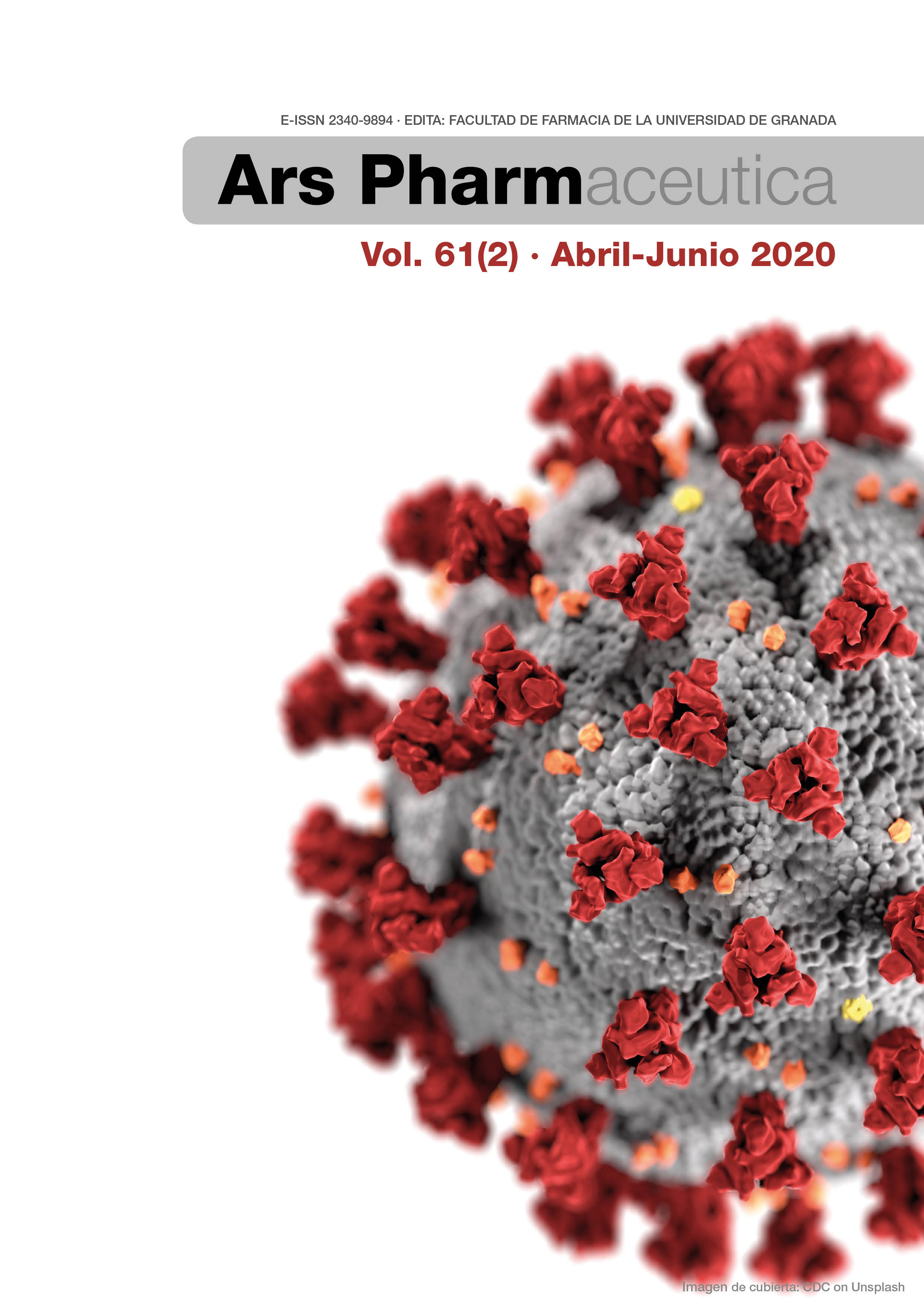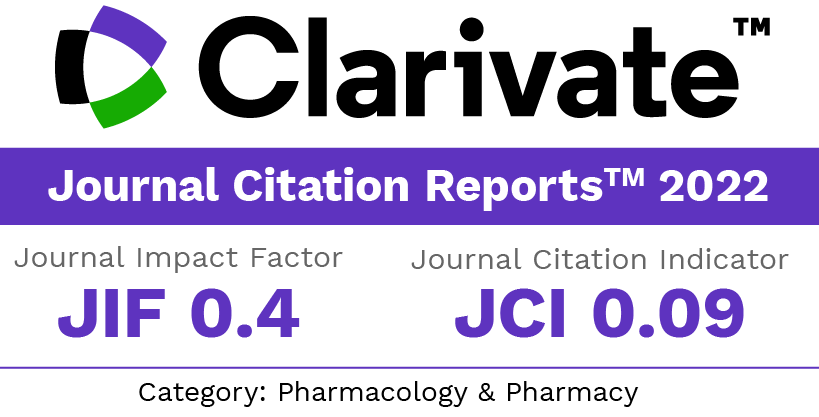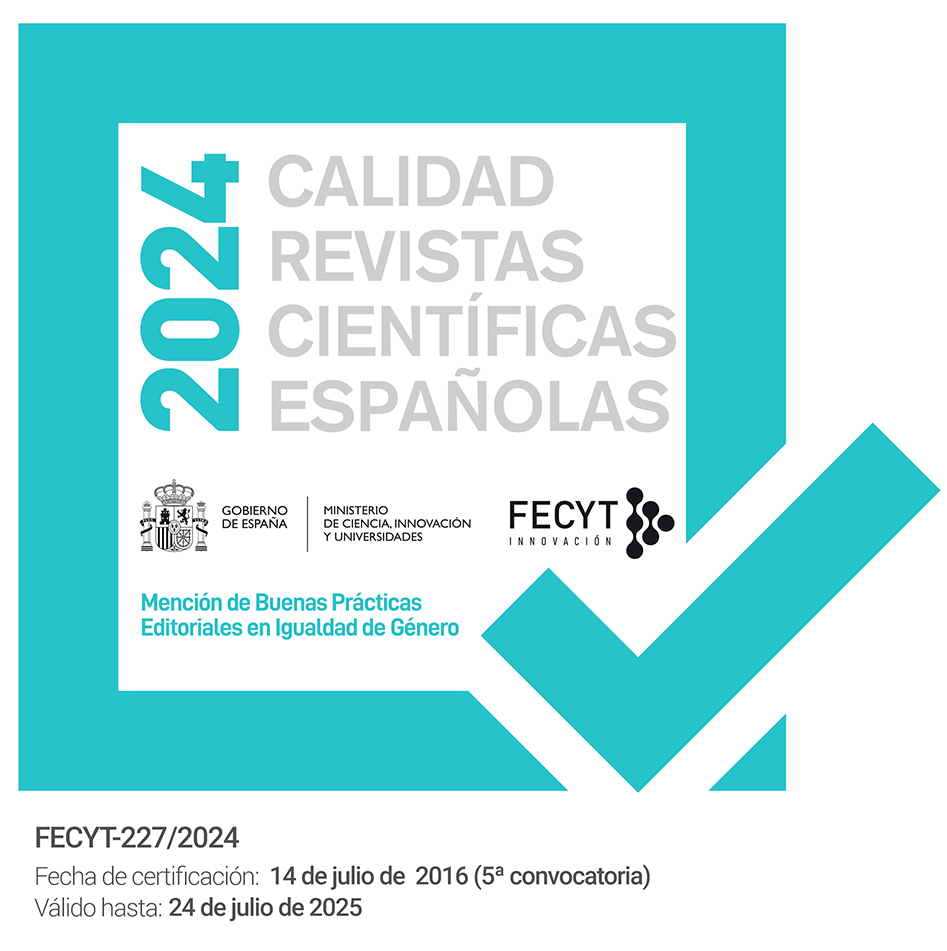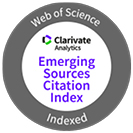Interrupción de la lactancia materna relacionada con el consumo de medicamentos
Palabras clave:
lactancia materna, destete precoz, farmacéutico.Resumen
Introducción: La OMS recomienda que durante los seis primeros meses de vida, los lactantes debieran ser alimentados exclusivamente con leche materna. A partir de ese momento, deberían recibir alimentos complementarios adecuados e inocuos, sin abandonar la lactancia natural al menos hasta los dos años de edad. El tratamiento farmacológico es una de las razones de abandono de la lactancia materna a pesar de que la mayoría de los medicamentos actuales son compatibles con la lactancia.
Objetivo: Determinar las causas de la interrupción de la lactancia materna en mujeres participantes dedos plataformas virtuales nacionales.
Método: Estudio observacional, descriptivo utilizando una encuesta virtual en 33 mujeres que hayan suspendido la lactancia materna de abril 2015 a abril 2017, participantes de dos plataformas virtuales de apoyo a la lactancia y maternidad del Paraguay. El muestreo no probabilístico por conveniencia.
Resultados: La edad promedio de 28±4,2 años, la mayoría universitarias, residentes en el departamento Central. Se detectó 30,3% de destetes antes de los 6 meses, y solo 9,0% alcanzaron los 24 meses de lactancia materna recomendada por la OMS. Las causas de la interrupción de la lactancia más frecuente fue la medicación (36,4%), seguida de sensación de falta de leche (27,3%) y de que el niño se quedaba con hambre (18,2%).
Conclusiones: La medicación representó la mayor causa de destete involuntario, siendo medicamentos compatibles con la lactancia en más de la mitad de los casos reportados. El farmacéutico, profesional con mayor conocimiento de fuentes de información sobre medicamentos, podría haber contribuido en estos casos para la preservación de la lactancia.
Descargas
Citas
Delgado-Becerra A, Arroyo-Cabrales LM, Díaz-García MA, Quezada-Salazar CA. Prevalencia y causas de abandono de lactancia materna en el alojamiento conjunto de una institución de tercer nivel de atención. Bol Med Hosp Infant Mex. 2006; 63(1): 31-39.
Organización Mundial de la Salud. Estrategia mundial para la alimentación del lactante y del niño pequeño. 2003. Dis¬ponible en: https://www.who.int/nutrition/publications/gs_infant_feeding_text_spa.pdf. OMS .Ginebra.
OPS-Paraguay. Leche materna desde la primera hora de vida. [fecha de acceso 2019 Mayo 07] Disponible en: https://www.paho.org/par/index.php?option=com_content&view=article&id=2009:leche-materna-desde-la-primera-hora-de-vida&Itemid=255
Ministerio de Salud Pública y Bienestar Social. Niveles de lactancia materna deben incrementarse. [revista en la Internet] 2016; [citado 2016 Noviembre 21]. Disponible en: http://www.mspbs.gov.py/niveles- de-lactancia-materna-deben- aumentar
Locio LM, Hermosilla M. Razones de abandono de lactancia materna en madres con hijos menores de 2 años. Mem Inst Investig Cienc Salud. 2017;15(2):73–78.
Pezzani VM, Soto HP, Pineda LR, Pinilla RE, Ruiz AI. Cumplimiento de la lactancia materna. Una perspectiva desde las oficinas de farmacia. Rev chil pediatr. [revista en la Internet]. 1998; 69(3): 99-103.
Fragoso VMS, Silva ED, Mota JM. Breastfeeding women under medication treatment in the public health network. Rev Bras Promoç Saúde. 2014; 27(2):283-290.
Mota LS, Chaves EMC, Barbosa RCM, Amaral JF, Farias LM, Almeida PC. Use of drugs during lactation by users of a basic health unit. Rev Rene. 2013; 14(1):139-147.
Lopes Chaves AF, Marques Dias AH, Almeida Dias IK, Silva Martins JK, Silveira Rocha R, Batista Oriá MO. Consumo de medicamentos durante a amamentação e avaliação do risco ao lactente. Revista da Rede de Enfermagem do Nordeste [revista en la Internet]. 2017 [fecha de acceso 2019 Octubre 07]; 18(3): 390-395. Doi: 10.15253/2175-6783.2017000300015
Vauzelle C, Beghin D, Elefant E. Pediatría: Medicamentos y lactancia materna. Tratado de Medicina [Internet]. 2014 [citado 2019 Mayo 4];18(2):1–12. Disponible en: https://www.sciencedirect.com/science/article/abs/pii/S1636541014675279
Hale TW, Rowe HE. Medications and Mothers’ Milk 2017 [Internet]. Vol. Seventeenth edition. New York, NY: Springer Publishing Company; 2017 [citado 2018 Octubre 4]. Disponible en: http://lghttp.48653.nexcesscdn.net/80223CF/springer-sta-tic/media/samplechapters/9780826128584/9780826128584_chapter.pdf
E-lactancia. ¿Es compatible con la lactancia? [Internet].[citado 2019 Enero 4] Disponible en: http://www.e-lactancia.org/.
Paricio TJM, Lasarte VJJ. Lactancia y Medicamentos: Una compatibilidad casi siempre posible. Guía rápida para profesionales. Editorial: Comité de lactancia materna de la Asociación Española de Pediatría. 2018 [Internet]. [citado 2018 Octubre 23] Disponible en: https://www.aeped.es/comite-lactancia-materna/documentos/guia-rapida-compatibilidad-entre-medicamentos-y-lactancia-matern.
Bertolín GJM, Company ES. Use of antipsychotics during pregnancy and breastfeeding. Rev Psiquiatr y Salud Ment. 2009;2(3):138–145.
Pablos A, Pérez-Suárez B, Ferrari JM, Guerra A, Herreros de Tejada A, Ortiz-Romero P. Administración de fármacos utilizados en dermatología durante el embarazo y la lactancia (I). Actas Dermo-sifiliográficas .2003; 94(7):427–449.
Moranta Ribas F. Consulta farmacéutica por somnolencia en un lactante. Farmacéuticos Comunitarios. 2016;8(4):42–4.
Salar L, Sola N, Cámara R, Cosín A, Dago A Gutiérrez P. Conocimiento del paciente sobre su medicación: relación entre el conocimiento y la percepción de efectividad y seguridad del tratamiento. Farmacéuticos Comunitarios. 2016;8(1):24–31.
García Cardona AA, Castaño Castrillón JJ, Vallejo Corrales S, Vargas Meneses JD. Razones de abandono de la lactancia materna en madres de niños de jardines infantiles, Manizales, Colombia, 2015: Estudio descriptivo. Archivos de medicina. 2017;17(2):369-378.
Estrada RJ, Amargós RJ, Reyes DB, Guevara BA. Intervención educativa sobre lactancia materna. Archivo Médico de Camagüey .2010 ;14(2).
Descargas
Publicado
Cómo citar
Número
Sección
Licencia
Derechos de autor 2020 Debora Viviana Acosta, Gladys Lugo Rodriguez, María Gloria Domenech, Zully Vera de Molinas, Gladys Maidana de Larrosa, Lourdes Samaniego Silva

Esta obra está bajo una licencia internacional Creative Commons Atribución-NoComercial-CompartirIgual 4.0.
Los artículos que se publican en esta revista están sujetos a los siguientes términos en relación a los derechos patrimoniales o de explotación:
- Los autores/as conservarán sus derechos de autor y garantizarán a la revista el derecho de primera publicación de su obra, la cual se distribuirá con una licencia Creative Commons BY-NC-SA 4.0 que permite a terceros reutilizar la obra siempre que se indique su autor, se cite la fuente original y no se haga un uso comercial de la misma.
- Los autores/as podrán adoptar otros acuerdos de licencia no exclusiva de distribución de la versión de la obra publicada (p. ej.: depositarla en un archivo telemático institucional o publicarla en un volumen monográfico) siempre que se indique la fuente original de su publicación.
- Se permite y recomienda a los autores/as difundir su obra a través de Internet (p. ej.: en repositorios institucionales o en su página web) antes y durante el proceso de envío, lo cual puede producir intercambios interesantes y aumentar las citas de la obra publicada. (Véase El efecto del acceso abierto).




















